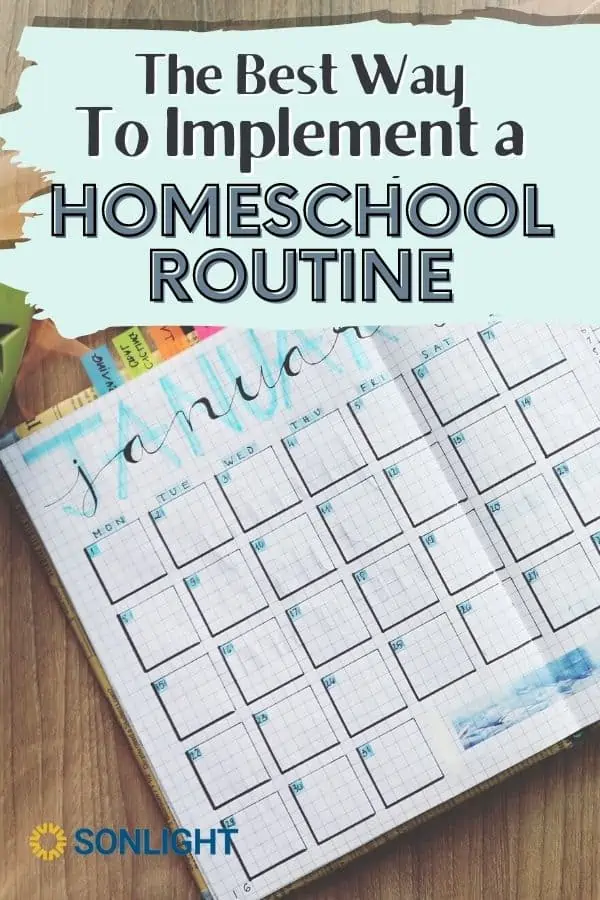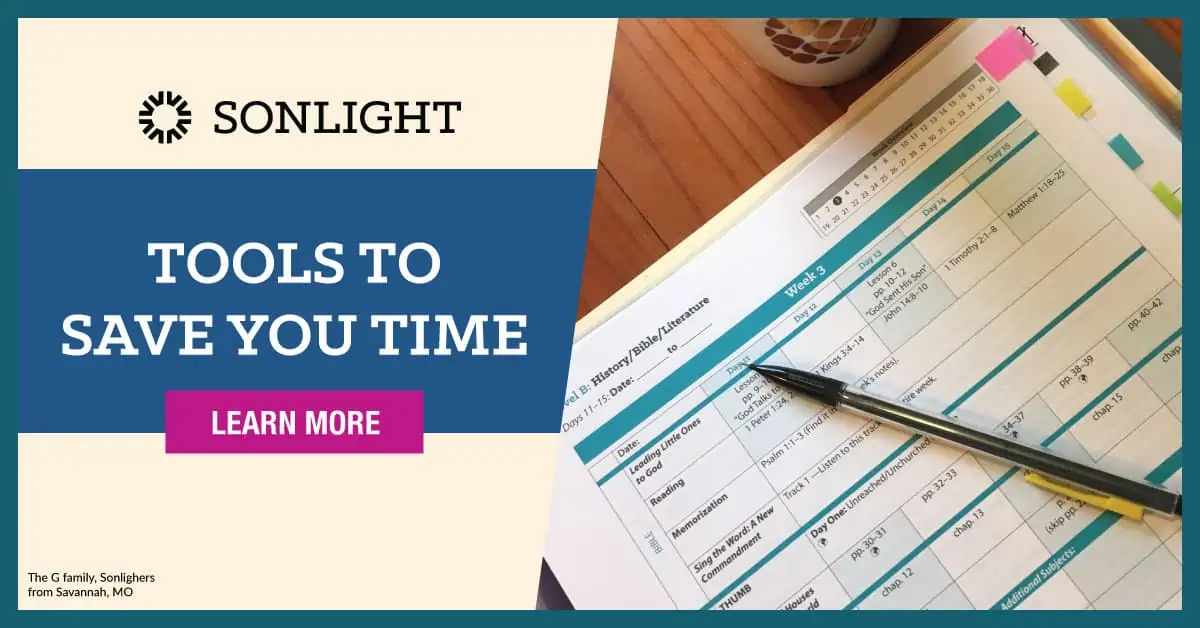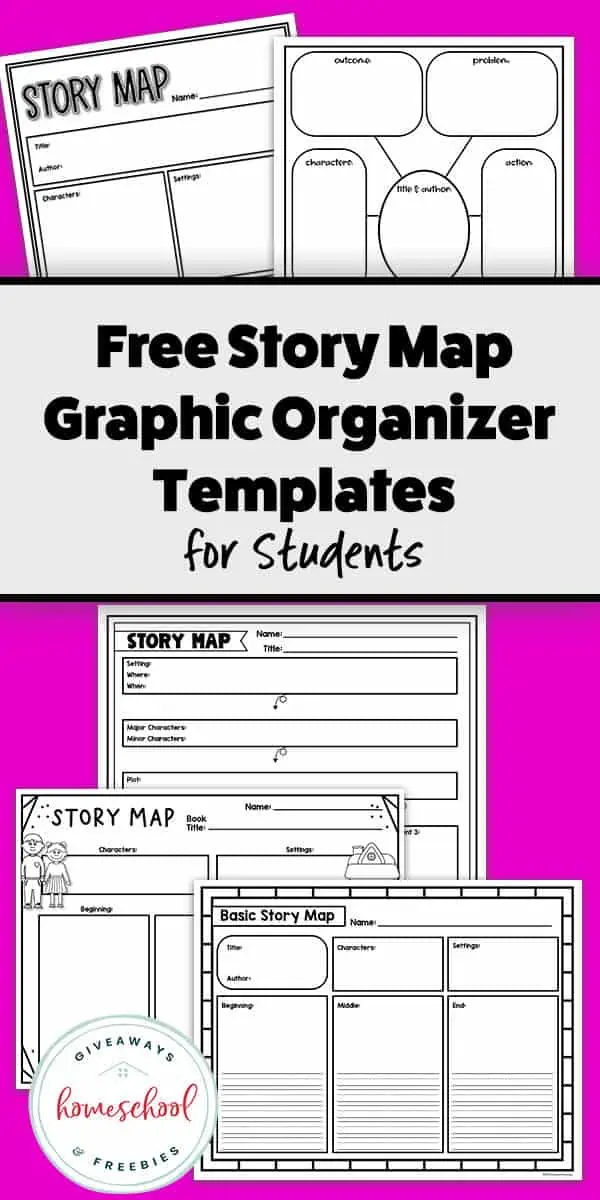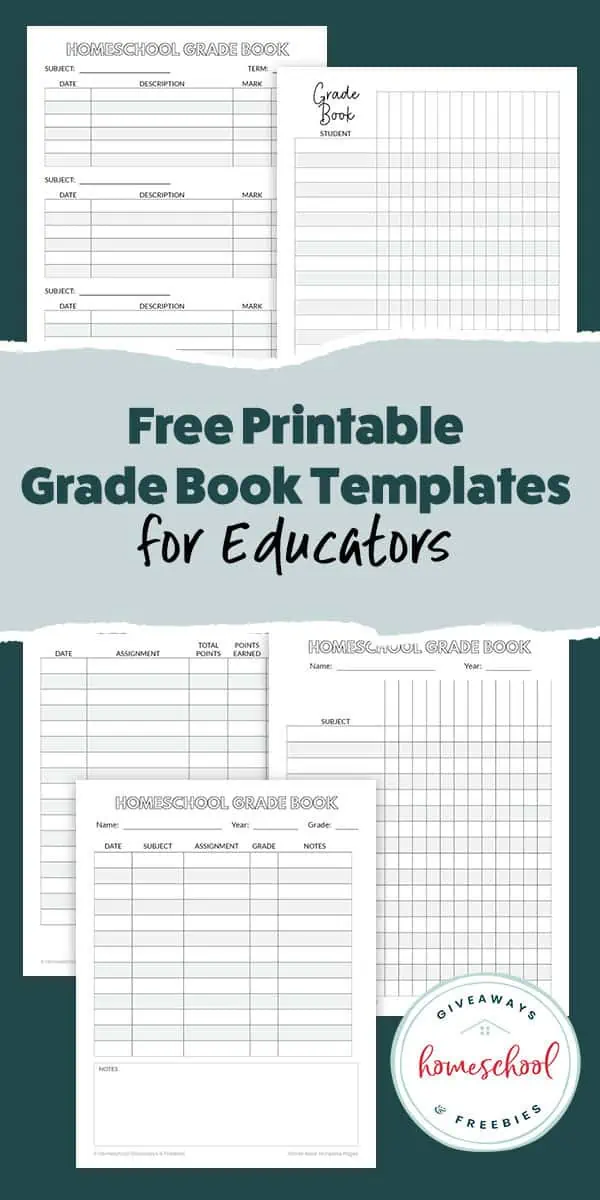The Best Way to Implement a Homeschool Routine
Published:
August 18, 2022

Contributor:
Sonlight
Disclosure: This post may contain affiliate links, meaning if you decide to make a purchase via my links, I may earn a commission at no additional cost to you. See my disclosure for more info.
You know you need a homeschool routine if you want to be successful, productive, and get everything done during your homeschool day. But does it need to include a strict schedule? How can my routine be flexible? Can I seem sample homeschool routines? Yes, we’ll cover all that and more below.
Homeschool Routine
Some people wonder “What do homeschool kids do all day?” While the outside world may think we just sit in our jammies all day without accomplishing much, that’s the polar opposite of the truth for most homeschool families!
But we don’t need a super strict public school schedule at home in order to be productive. Instead, what we need is a flexible homeschool routine that keeps us on task without being overwhelming.
The Difference Between a Routine and a Schedule
What’s the difference between a routine and a homeschool schedule? You might think that they are one and the same, but there are important differences that you need to consider.
If you’re a new homeschooler, you may think that you need set schedules for everything in your day and a specific time for each subject. While this is the way traditional schools operate, the important thing to remember is that you can choose a flexible daily routine instead.
Flexible Routines
As long as your children and you know what to do next to keep yourselves on task, nothing has to be tied to a specific time on the clock. This allows for life to happen!
Imagine how you would feel if you started “late” every single day. Well, if you had a rigid schedule, you would constantly feel behind. Math didn’t start at 8AM, so you might as well toss out the productivity because your day is already messed up.
On the other hand, if you have a daily homeschool routine that says right after breakfast, no matter the time, we start our morning time together. Well, then it doesn’t matter if your morning time is at 8:30, 9:30, or even 10:30. You just follow the natural flow of your day. It helps lower the chaos and stress and allows you to enjoy your children and your homeschooling.
Routines Are Good
Routines are great for moving you through your day. That is, routines help your children know what to do when they wake up, when they finish a subject, what to do after lunch, and how they close down their day.
When you have a routine, your kids don’t need to ask you what they should be doing every minute of the day. You basically put your home and homeschool on autopilot. Every new habit can be tied to a routine to help it stick too! So routines are essential for keeping a flexible, productive, and organized homeschool day.
Homeschool Routine Ideas
Here are some simple homeschool routine ideas to get you started implementing this strategy as a homeschooling mom. The best way to think of routines is that they are themed time blocks throughout your day. Notice some of the themes below.
One of the best aspects of a homeschool routine is being able to build habits into them. Instead of expecting your child to remember everything they need to accomplish at different parts of the day, use their daily routine to start linking or stacking habits.
For example, if you regularly have a morning time routine, maybe you can link the task of doing chores right after morning time ends. That way, your child begins to associate that task or habit with your morning time routine.
Morning Routines
Morning routines are the best way to help older children and younger children alike to have an orderly and productive day. A morning routine will help your children know what is the first thing they should do when they wake up.
Morning Basket Time
When you plan an intentional homeschool morning time, you are setting yourself up for a more productive and relaxed day. While it doesn’t feel like school, you can still accomplish so much from your homeschool curriculum all together and in a simple and stress-free way.
No need to worry about keeping the toddler busy or under your supervision – just let him play on the floor while you all enjoy the read-aloud. There really are no downsides to creating a morning basket time and morning routine in your homeschool.
Plus, having such a relaxed learning experience will help to grow the natural love of learning in your children.
Part of a morning basket time will undoubtedly involve reading beautiful living books. Consider including books about art and artists in your morning basket time. You can include things like calendar time and character building. Younger children can be included in this beautiful family time.
Morning time is helpfully built into the Sonlight Instructor’s Guide. You’ll find Scripture to read, songs, memorization and recitation, and more. Plus, you can pull in your history read-alouds too.
Morning Chores
Building good habits with morning household chores is a great way to start the day. Younger kids need to routine to remind them to brush teeth, make their bed, and other life skills. Morning chores is the perfect time to take care of pets and help tidy the house after morning basket time.
It also makes a great transition into another chunk of your homeschool day where your kids might start independent work.
Afternoon and Lunch Routines
Building in afternoon and lunch routines is a great way to get your day back on track, even if the morning was less than stellar. Encourage your kids to get out in the fresh air after they eat a hearty lunch.
Maybe lunchtime is a nice time to head outside for a nature walk. Or it might be the perfect time to finish a read aloud while kids are busy eating.
Activity Routines
During activity routines, your kids might be involved in an extracurricular activity after their school work is finished. Or the rest of the day might include fun activities like hands-on science projects and building forts in the backyard.
Maybe the afternoon is the perfect time for music lessons or other away-from-the-house involvement, depending on the day of the week.
Quiet Time Routines
It’s important not to skip quiet time routines in your homeschool! While you might think they aren’t necessary, having a regular quiet time for kids of all ages will enable you to feel recharged. The best time for this is when the baby or toddler is napping.
But your older kids will benefit from quiet time routines too!
They can use this time to listen to audiobooks, play with LEGO, or do another quiet activity in their room. For you as the homeschooling parent, quiet time routines carve out a much-needed respite from the kids when you can read your Bible, take a nap, or simply read a book uninterrupted.
Evening Routines
Evening routines provide a necessary time to do a quick tidy of the house so that you wake up to a relaxed environment. The kids can learn to help clean up after dinner and before they enjoy some evening free time.
Bedtime Routines
Bedtime routines at the end of the day are priceless! You can involve dad here to read to the kids while you unwind from a busy homeschool day.
When you set up bedtime routines, your kids learn how to calm down before bed and having this predictable flow is very helpful for all kids. Use this time yourself to prepare for the next day. Does anything specific need done to prep for tomorrow?
Setting Up a Flexible Homeschool Routine
The key to setting up a homeschool routine is to keep it extremely flexible! Because we all know that life happens and our daily homeschool schedule may not work beautifully every time.
Why Being Flexible with Your Homeschool Routine is Important
When you are flexible with your homeschool routine, you are giving tasks a general time frame or time of day to be accomplished without setting it in stone. In your daily planner, give each time of day a theme and then arrange your routines around that theme, whether it’s morning time, individual subjects, extracurricular, family time, and so on.
Have you ever overslept, only to feel behind as soon as you do wake up? Then you see the benefit of being flexible with your routine. Has a child ever taken way longer on a subject than you had planned? Again, flexibility is essential.
Have you had health issues that threw your day into total chaos? Maybe your entire day was off? Then you know the importance of flexibility. Nothing has to be set in stone.
A Focused Homeschool Day
Homeschool routines are a game changer! If you are wondering what the secret to a more peaceful, productive, yet focused homeschool day could be, then you certainly need to set up a flexible homeschool routine and experience the difference it makes in your home.
It’s okay and even recommended to regularly assess your homeschool routine to see if it’s still working for you. Just because it was a great homeschool routine last semester or last year doesn’t mean it’s still a great fit.
This flexibility to allow for adjustments and customization is one of the best parts of homeschooling. You’re not tied down to a homeschool routine forever! If it’s just not working, then change it.
Academic Routines
Academic routines are wonderful, especially for your older kids who likely have their own schedules for their daily work. Your teens and high schoolers can learn to use a flexible daily schedule built around time blocking and routines. This is a crucial life skill that will serve them well in college or in the work force.
Sample Routines
Want to know what a sample routine looks like? Here’s how you can enjoy productive days in your homeschool.
You don’t need tons of detail in your routine. The main job of a routine is to be able to help your children to know what comes next in the flow of the day. Here’s an example of an easy-to-follow and flexible homeschool routine.
By organizing the day into three main chunks, Ana is able to help her kids and herself stay on task, yet allow life to happen. She organizes her homeschool routine into Morning Time, Table Time, and Tea Time. This is a great sample to follow if you’re just getting started.
Large Family Routines
Even if you have a large family, you can follow Heather’s large-family routine to fit in both the couch subjects and table subjects. The couch subjects are literature-based subjects that you can do with all ages together, greatly simplifying the load on the homeschool mom. This would include Bible, history, geography, literature, and science.
Then, for the table subjects like math, language arts, spelling, and handwriting, you can help your children as-needed as they work independently at their own level.
But having a time for each lesson type during your day will help you set up a flexible routine and give you productive days – even if you have a dozen children!
Final Thoughts on a Homeschool Routine
If you need a strategy for bringing more calm and peace and productivity to your homeschool year, then consider implementing a flexible homeschool routine this year. You will not regret it.










